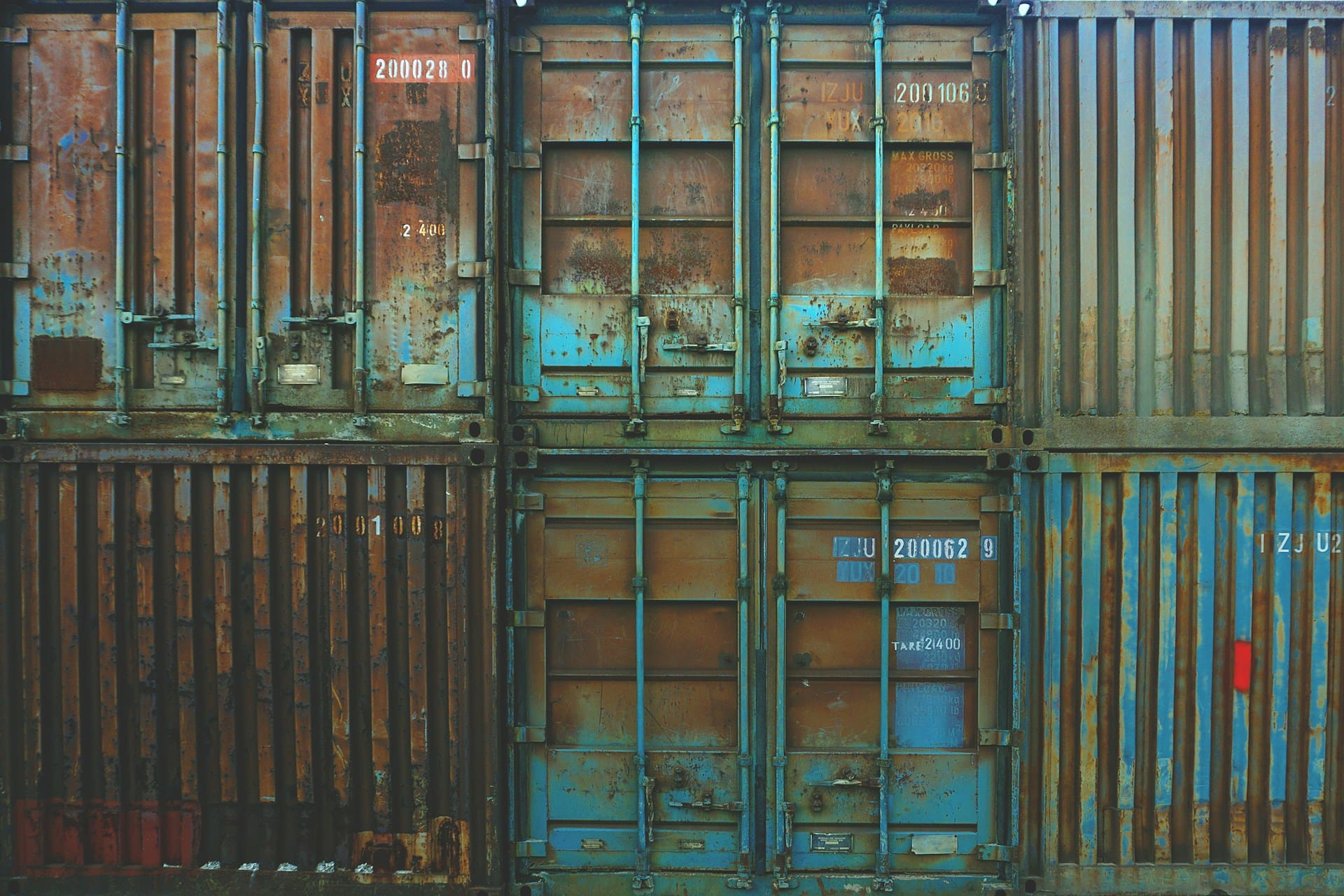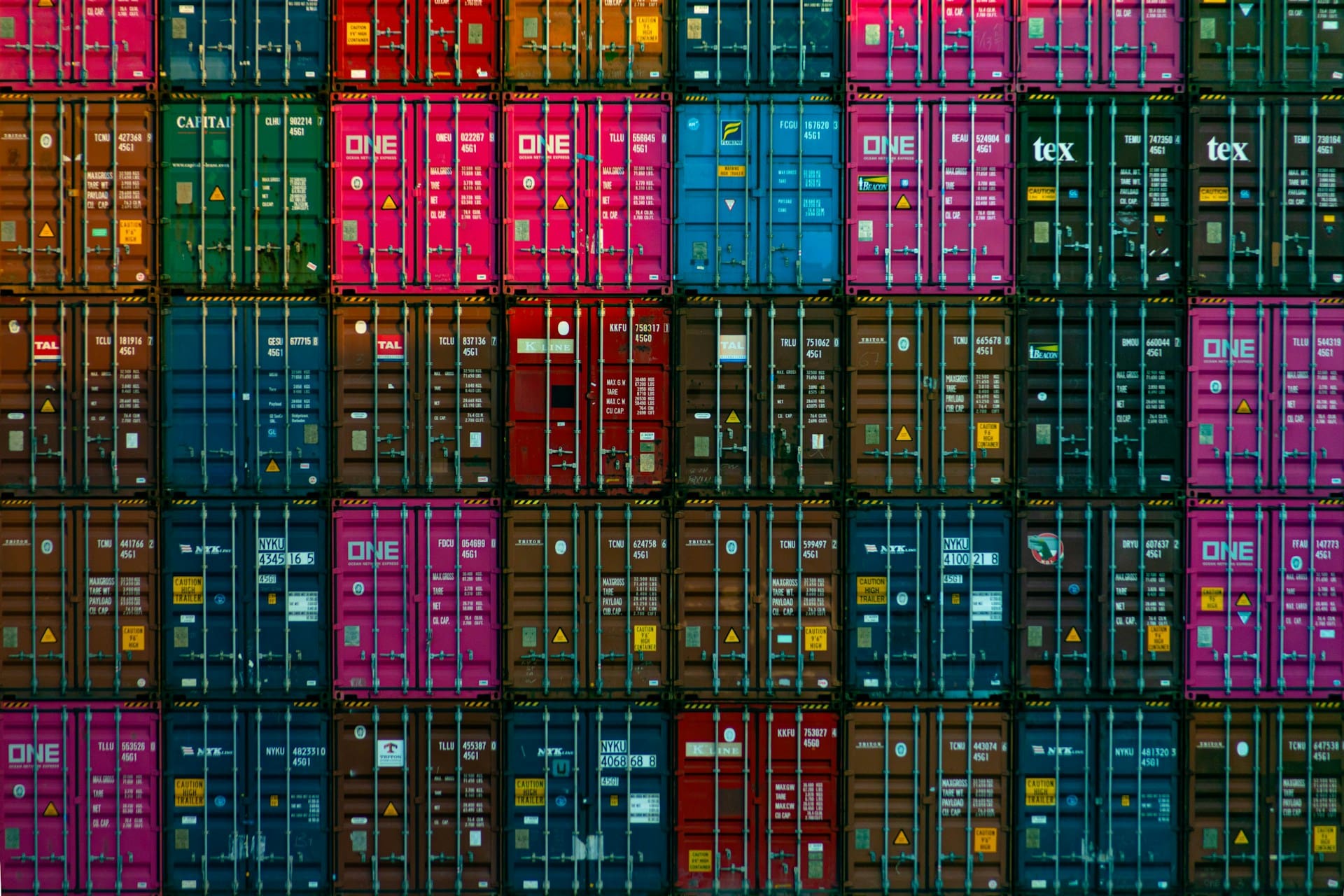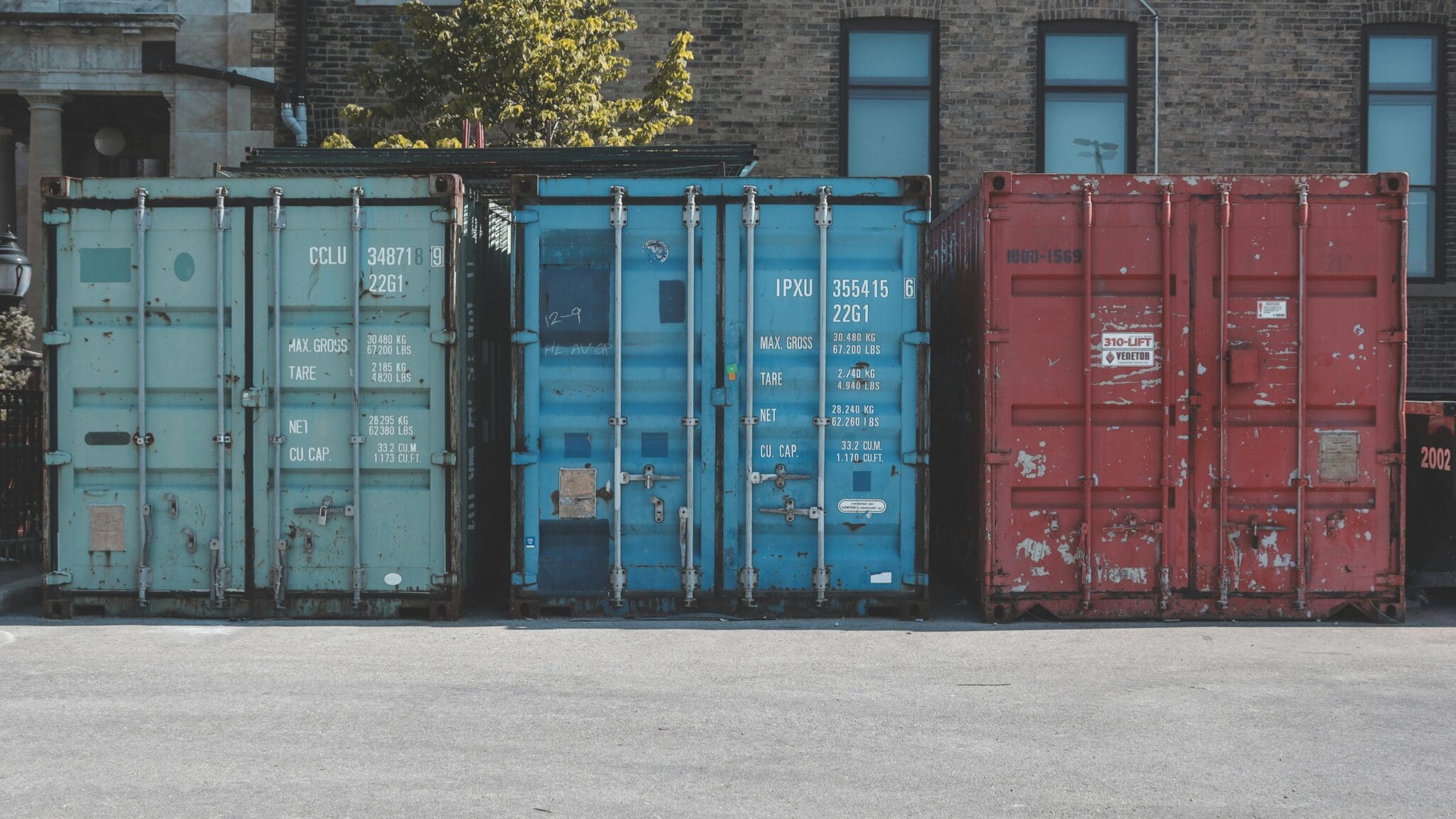Jump to:
There are a variety of names used for transporting goods overseas, by rail or truck. The original transporting of goods was by wooden crates, barrels, sacks, or other types of packaging. Conex boxes (metal containers) were later developed and were then called shipping containers. So, the terms, ISO Container, Intermodal Container, Standard Shipping Container, Cargo Container, Freight Container, Sea Can or CONEX Container — essentially mean the same. They are usually found as 20ft or 40ft standard ISO containers used for a variety of purposes.
- Conex Container: Short for “container express”, this term indicates that the box can travel by many different modes of transportation, which can reduce travel time. Originally, Conex containers were standardized shipping containers developed by the U.S. military for logistical purposes.
- Shipping Container: A general term for containers used to transport goods via ships, trucks, and trains. These are standardized containers designed for intermodal freight transport.
- Cargo Container: This term emphasizes the container’s use for carrying cargo. It is often used interchangeably with shipping containers.
- Intermodal Container: A container specifically designed for intermodal freight transport, meaning it can be easily transferred between different modes of transportation, such as ships, trains, and trucks, without unloading the cargo.
- Sea Can: A colloquial term, primarily used in Canada, referring to shipping containers used for sea transport. It highlights the container’s use in maritime shipping.
- ISO Container – Is a standardized container made to meet the specifications set by the Inter. Organization for Standardization (IS). Ensures container can be used with different modes of transportation and handling worldwide.
- Freight Container – The term “freight” refers to goods being transported, typically over long distances, whether by ship, truck, train, or airplane.
Before diving into the current and future applications of shipping containers, let’s take a moment to explore the origins and history of their use.
Ready to purchase a shipping container? Reach out today to get a quote from the best in the industry!

History of the “Shipping Container”
Wooden Crates, Barrels, or Sacks
- Prior to 1950 – Goods were typically transported in wooden crates, barrels, sacks, or other types of packaging, and these were loaded and unloaded individually.
Shipping Containers
- 1950s: The idea of containerization started to develop, with Malcolm McLean, an American trucker, often recognized as the pioneer of the modern shipping container. He imagined a standardized container that could be seamlessly transferred between ships, trucks, and trains without needing to unload the cargo.
- 1956: McLean’s company, Sea-Land Service, launched the first container ship, the Ideal X, which carried 58 metal containers from Newark, New Jersey, to Houston, Texas. This marked the beginning of containerized shipping.
Conex Boxes
- 1950s-1960s: The term “Conex box” originated during the 1950s. It was developed by the U.S. military to describe their standardized shipping containers used for logistical purposes. The word “Conex” stands for “Container Express,” and these containers played a significant role in military operations, particularly during the Korean and Vietnam Wars. The Conex boxes laid the foundation for the modern shipping container industry by demonstrating the efficiency and effectiveness of containerized logistics.
Standardization and Global Adoption
- 1961: The International Organization for Standardization (ISO) established standardized dimensions for shipping containers, making it easier for them to be used globally. The standard sizes were 20-foot and 40-foot containers, which are still the most common sizes today.
- 1960s-1970s: The adoption of containerization spread rapidly, transforming the shipping industry. Ports worldwide began to build specialized facilities to handle container traffic, and ships were designed specifically to carry containers.
Technological and Logistical Advances
- 1980s-Present: Continued innovations improved container design and logistics. The introduction of intermodal containers allowed for seamless transitions between ships, trains, and trucks, further increasing efficiency. The use of computerized tracking and inventory systems also enhanced the management of containerized cargo.
Ready to purchase a shipping container? Reach out today to get a quote from the best in the industry!

The Influence of Shipping Containers: Present and Future
Present
- Widespread Use: Shipping containers are currently an integral part of global trade, moving cargo overseas, by rail and truck.
- Versatility: Beyond shipping, containers are repurposed for various uses such as storage, housing, pop-up shops, and offices. And able to relocate at any time.
- Cost- Effective: They offer an affordable alternative to traditional building products.
- Technological Integration: Modern containers are often equipped with advanced technologies like GPS tracking, IoT sensors, and climate control systems.
- Sustainability: There is a growing focus on recycling and repurposing old containers therefore reducing waste.
Future
- Smart Containers: The future will see an increase in the use of smart containers equipped with advanced sensors, IoT devices, and real-time tracking systems to improve logistics efficiency and cargo security.
- Sustainability Initiatives: There will be a stronger emphasis on eco-friendly practices, including the development of greener containers made from sustainable materials and the implementation of energy-efficient technologies.
- Innovative Customization and Modularity: Containers will be increasingly customized for specific industries and needs, offering modular solutions that can be quickly assembled and adapted for various uses.
- Mobility and Portability: Providing more flexibility for the need to relocate or operate in multiple locations. Also, mobile living solutions for homeowners.
- Community Development: Promoting local economic development by creating jobs in construction, logistics, and design. Fosters a sense of community and provide innovative solutions to urban density challenges.
- Tech-enabled – Much more modern smart sensors and climate control that can be incorporated into container homes and offices.
Ready to purchase a shipping container? Reach out today to get a quote from the best in the industry!
Conclusion
Let Container Sales Group help you by providing the right New or Used Shipping Container for you needs, whether it be for now or the future. Call us at 708 639-4783. As a wholesaler offering shipping container across the United States at very competitive prices, we also can provide you with volume discounts on your purchase.
